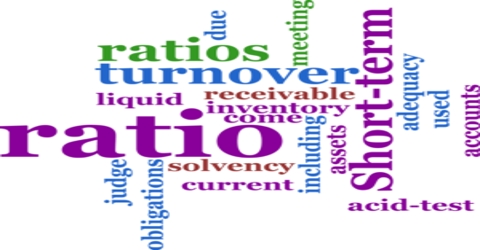Ratio analysis is very useful tool to business management to decide the performance of a business entity and to take cost controlling measures as and when necessary. Ratio analysis is of enormous help in making comparative study with other business or businesses.
Advantages of Ratio Analysis
- It is a great tool to measure short and long-term solvency of a company.
- It is a significant tool to measure the operating activities of a business.
- Large quantitative data can be summarized using ratio analysis.
- It is useful in coordinating the different functional machineries of a company.
- It helps in maintaining a reasonable balance between sales and purchase and estimating working capital requirements.
Limitations of Ratio Analysis
- If the data received from financial accounting is incorrect, then the information derived from ratio analysis could not be reliable.
- The future prediction may not be always dependable, as ratio analysis is based on past performance.
- It is not necessary that a ratio can give the real present situation of a business, as the result is based on historical data.
- Ratio analysis is effective only where same accounting principles and policies are adopted by other concerns too, otherwise, inter-company comparison will not exhibit a real picture at all.
- For effective ratio analysis, practical experience and knowledge about the particular industry are essential. Otherwise, it may prove worthless.
















